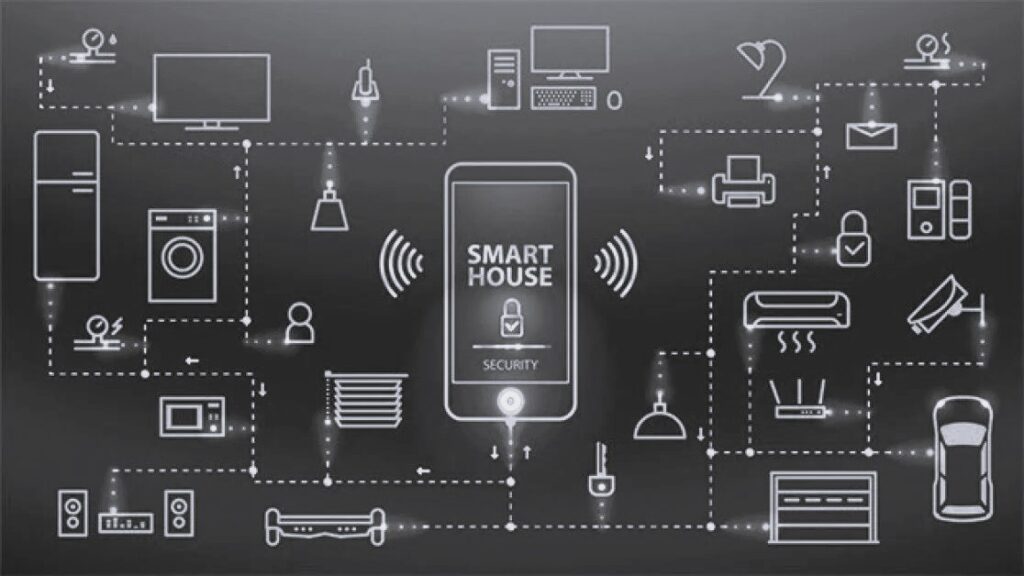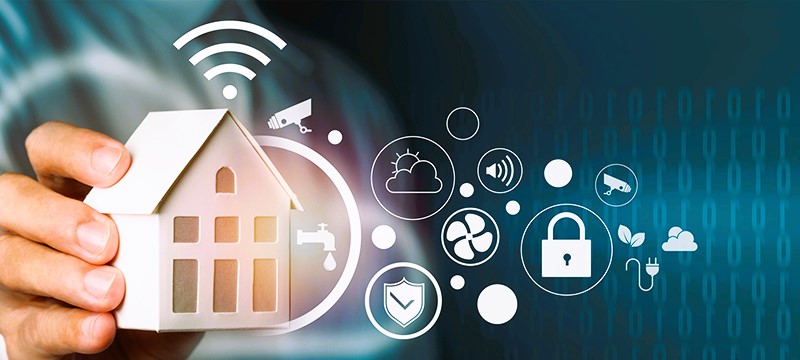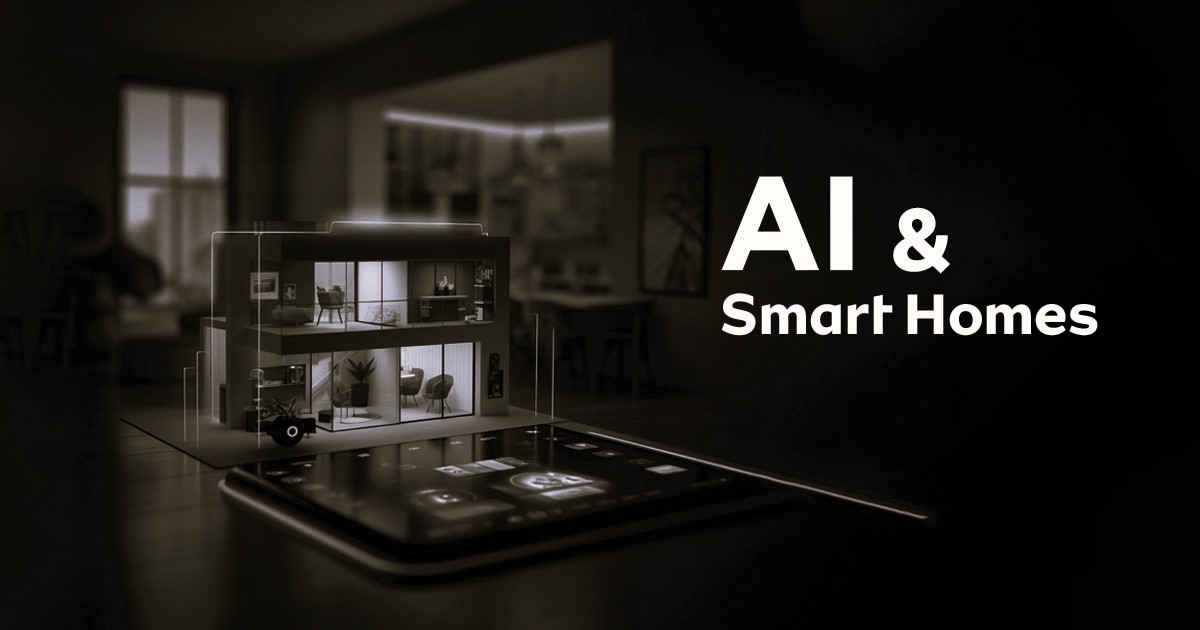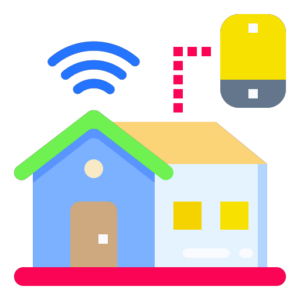The intersection of artificial intelligence (AI) and smart home technology has given rise to a new era of innovation, transforming the way we interact with and experience our living spaces. From intelligent automation to personalized user experiences, AI plays a pivotal role in the evolution of smart homes. In this exploration, we will delve into the multifaceted role of artificial intelligence in shaping the future of smart homes, examining its impact on device functionality, user interfaces, and the broader landscape of home automation.
1. Intelligent Automation: Enhancing Efficiency and Convenience
Features:
- Context-Aware Automation: AI enables smart home systems to understand context, allowing for more intuitive and context-aware automation. For example, lights can adjust based on the time of day, occupancy, and user preferences.
- Adaptive Learning: Smart home devices powered by AI can learn from user behavior and adapt over time. Thermostats, for instance, can optimize temperature settings based on historical usage patterns.
Advantages:
- Efficiency Gains: AI-driven automation leads to more efficient energy usage, streamlined routines, and reduced manual intervention.
- Personalized Experiences: Adaptive learning results in personalized experiences, tailoring automation to individual preferences.
2. Natural Language Processing: Seamless Human-Machine Interaction

Features:
- Voice Commands: AI-driven natural language processing allows users to interact with smart home devices using voice commands. Voice assistants like Alexa, Google Assistant, and Siri leverage AI to understand and respond to spoken instructions.
- Language Understanding: AI algorithms enhance language understanding, enabling more complex and natural interactions with smart devices.
Advantages:
- Intuitive Control: Natural language processing makes smart home control more intuitive, allowing users to communicate with devices in a manner similar to interacting with other humans.
- Accessibility: Voice-based interfaces enhance accessibility for users with varying levels of technical expertise.
3. Predictive Analytics: Anticipating User Needs
Features:
- Usage Patterns Analysis: AI algorithms analyze historical data to identify usage patterns and predict future user needs. For example, a smart thermostat might anticipate temperature adjustments based on daily routines.
- Predictive Maintenance: AI can predict potential issues with smart home devices, allowing for proactive maintenance and minimizing downtime. Smart technologies for home security, you can read more at the link.
Advantages:
- Preemptive Actions: Predictive analytics enables preemptive actions, addressing issues before they impact user experience.
- Optimized Performance: Smart home devices can proactively optimize their performance based on predicted user preferences.
4. Enhanced Security: AI-Powered Threat Detection
Features:
- Behavioral Analysis: AI-driven security systems can analyze user behavior to identify anomalies that may indicate potential security threats.
- Facial Recognition: AI-powered cameras and doorbell systems utilize facial recognition for enhanced security, allowing homeowners to identify authorized individuals.
Advantages:
- Threat Prevention: AI enhances security by detecting unusual patterns or behaviors, preventing unauthorized access or potential security breaches.
- User Authentication: Facial recognition and behavioral analysis contribute to robust user authentication, enhancing the overall security of smart home systems.
5. Integration with IoT Devices: Unifying the Smart Home Ecosystem
Features:
- Interoperability: AI serves as a bridge, facilitating interoperability among diverse smart home devices that operate on different communication protocols.
- Centralized Control: AI-driven hubs and platforms provide centralized control, allowing users to manage multiple devices from a single interface.
Advantages:
- Seamless Integration: AI fosters seamless integration, ensuring that diverse devices can work together cohesively within the smart home ecosystem.
- Unified User Experience: Centralized control enhances the user experience by providing a unified interface for managing and monitoring all connected devices.
International Standards and AI in Smart Homes:
The International Organization for Standardization (ISO) plays a vital role in establishing standards for AI in smart homes. These standards cover areas such as data security, interoperability, and ethical considerations, ensuring that AI-driven smart home systems adhere to globally recognized benchmarks.
For more information on international standards related to AI in smart homes, you can refer to the ISO website.
6. Energy Optimization: Sustainable Living with AI
Features:
- Energy Usage Analysis: AI algorithms analyze energy consumption patterns and recommend optimization strategies, such as adjusting lighting and HVAC settings.
- Renewable Integration: AI can optimize the utilization of renewable energy sources, aligning energy consumption with the availability of solar or wind power.
Advantages:
- Cost Savings: AI-driven energy optimization leads to cost savings by identifying and implementing energy-efficient practices.
- Environmental Impact: Sustainable energy practices contribute to a reduced environmental footprint, aligning with global efforts for a greener future.
7. Continuous Learning: Evolving with User Preferences

Features:
- User Feedback Analysis: AI systems analyze user feedback to understand preferences and continuously improve the user experience.
- Adaptive Recommendations: AI-driven smart home platforms can provide adaptive recommendations based on evolving user needs and preferences.
Advantages:
- User Satisfaction: Continuous learning ensures that smart home systems evolve to meet changing user expectations, enhancing overall user satisfaction.
- Optimized Performance: AI-driven devices can adapt and improve over time, delivering enhanced functionality and performance.
8. Ethical Considerations and Privacy: Balancing Innovation and User Rights
Features:
- Privacy Safeguards: AI standards and implementations incorporate privacy safeguards, ensuring that user data is handled responsibly.
- User Consent: Ethical considerations in AI-driven smart homes emphasize transparent communication with users regarding data collection and usage.
Advantages:
- Trust Building: Prioritizing ethical considerations and privacy builds trust between users and smart home technology providers.
- User Empowerment: Clear communication and user consent empower individuals to make informed decisions about their privacy within the smart home ecosystem.
Conclusion: Shaping the Future of Smart Living
The integration of artificial intelligence into smart homes represents a transformative shift, enabling a more intuitive, efficient, and personalized living experience. From intelligent automation and natural language processing to predictive analytics and enhanced security, AI-driven smart home systems are redefining the way we interact with our living spaces.
As international standards continue to evolve, ensuring ethical considerations, privacy safeguards, and interoperability will be critical in shaping the future of smart home technology. The synergy between AI and smart homes holds the promise of not only enhancing convenience and efficiency but also contributing to a more sustainable and connected way of life. The journey towards smart living is a dynamic evolution, and the role of artificial intelligence will undoubtedly remain at its forefront.


